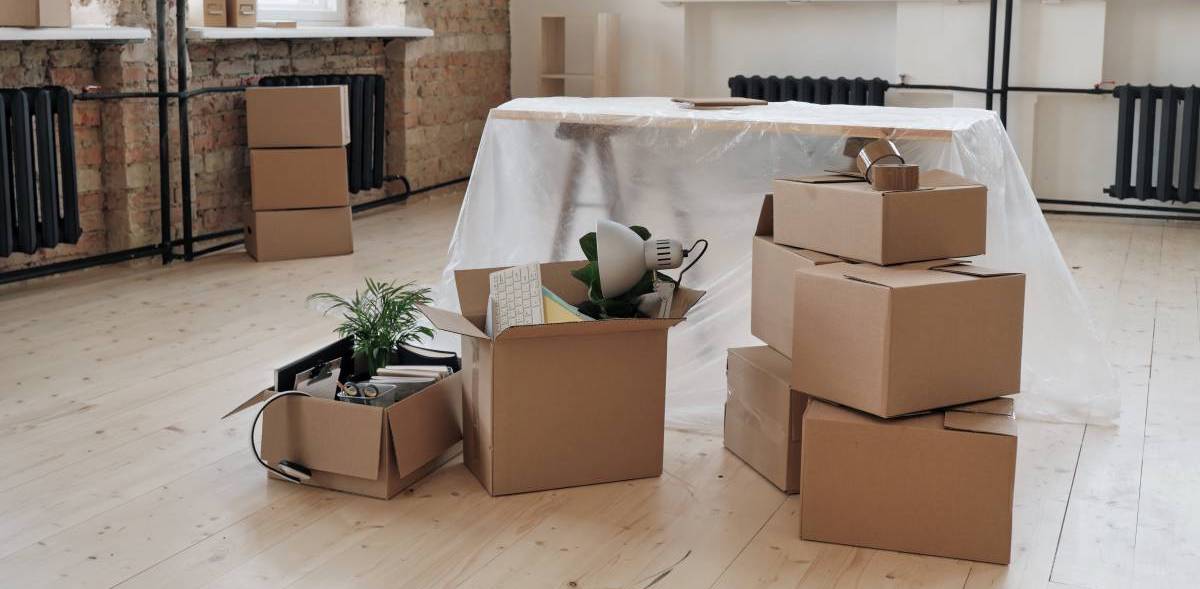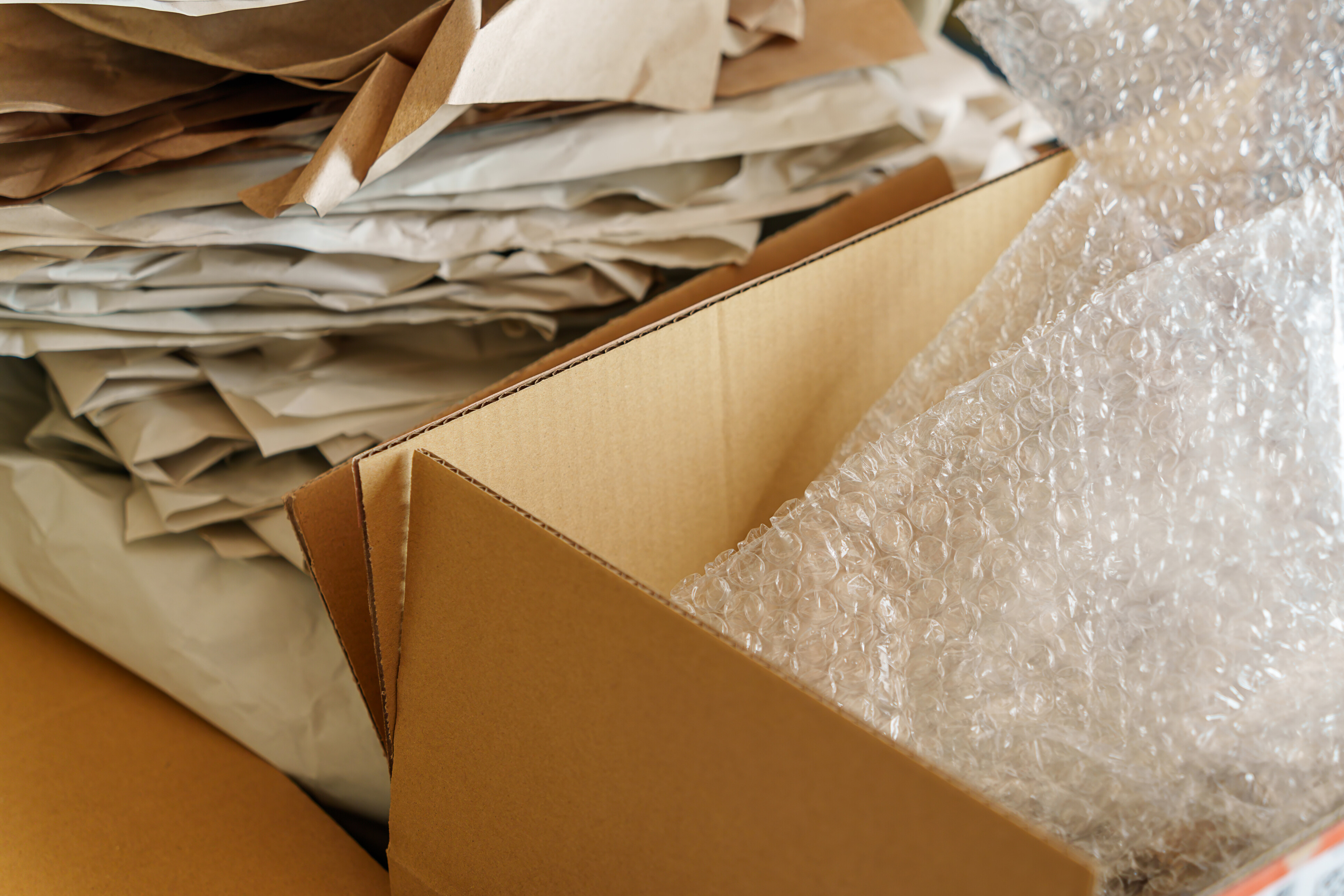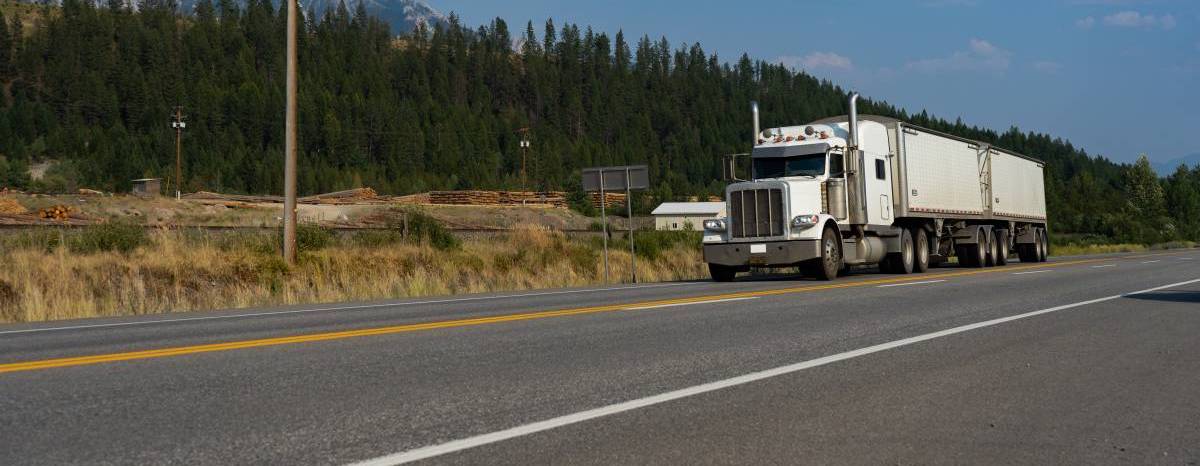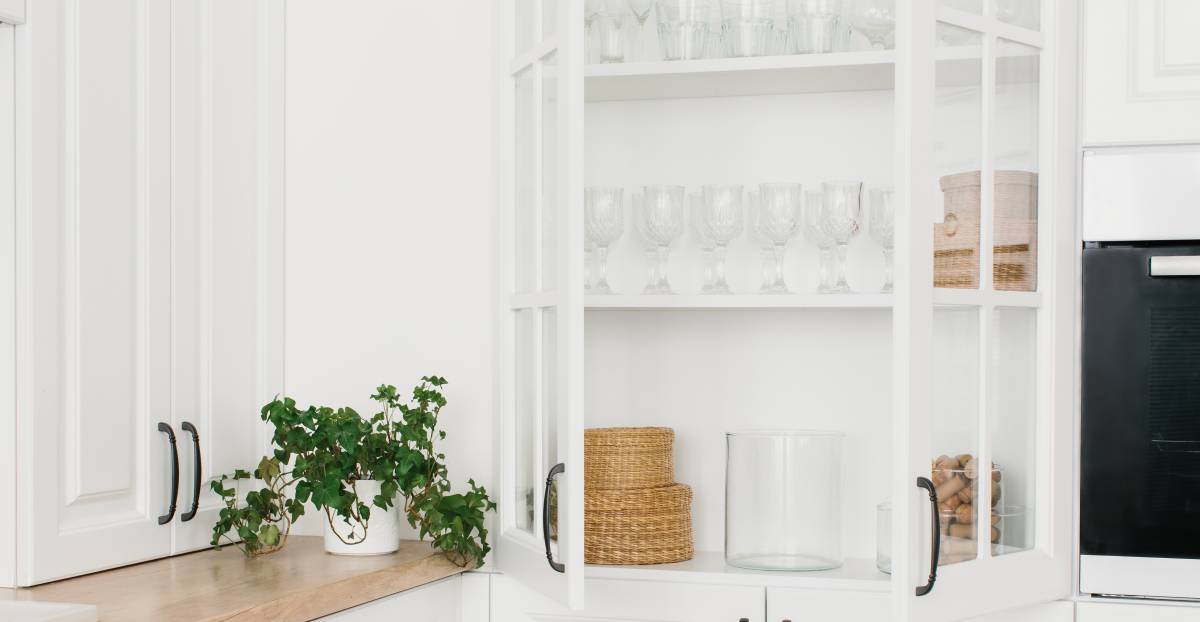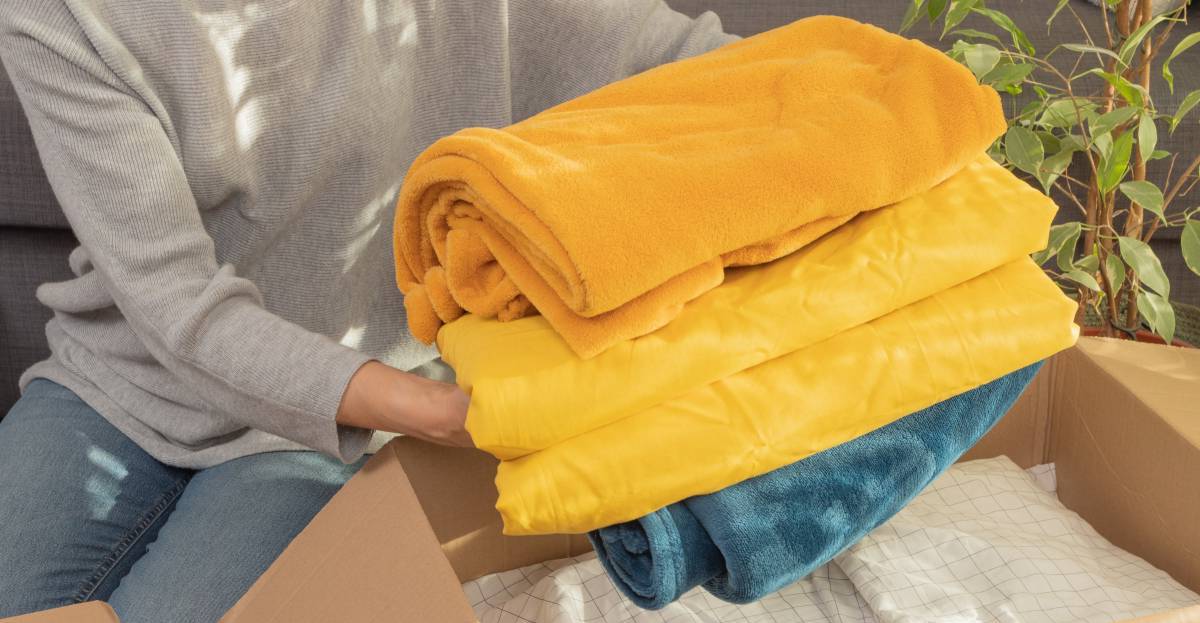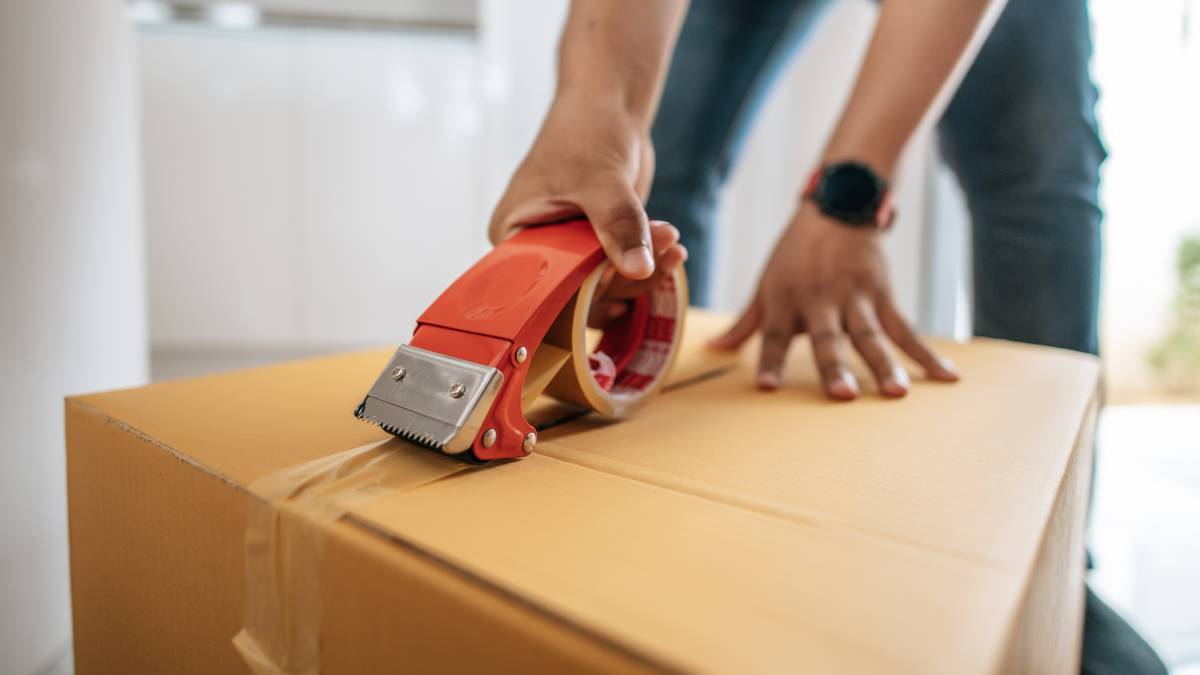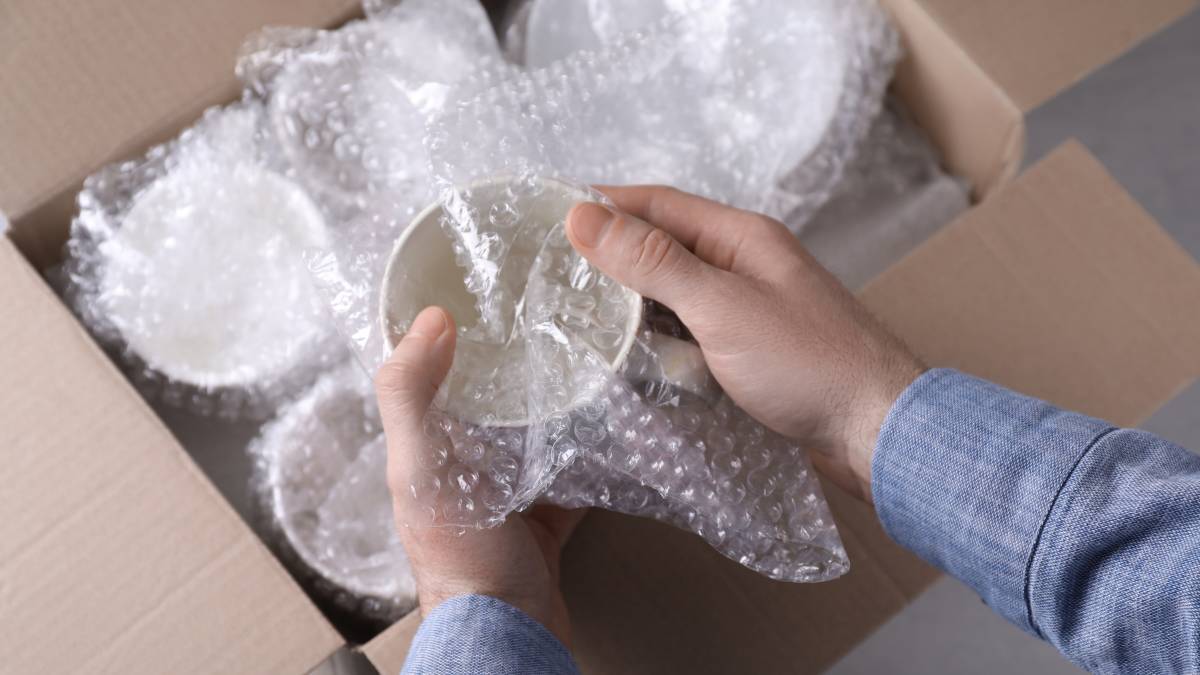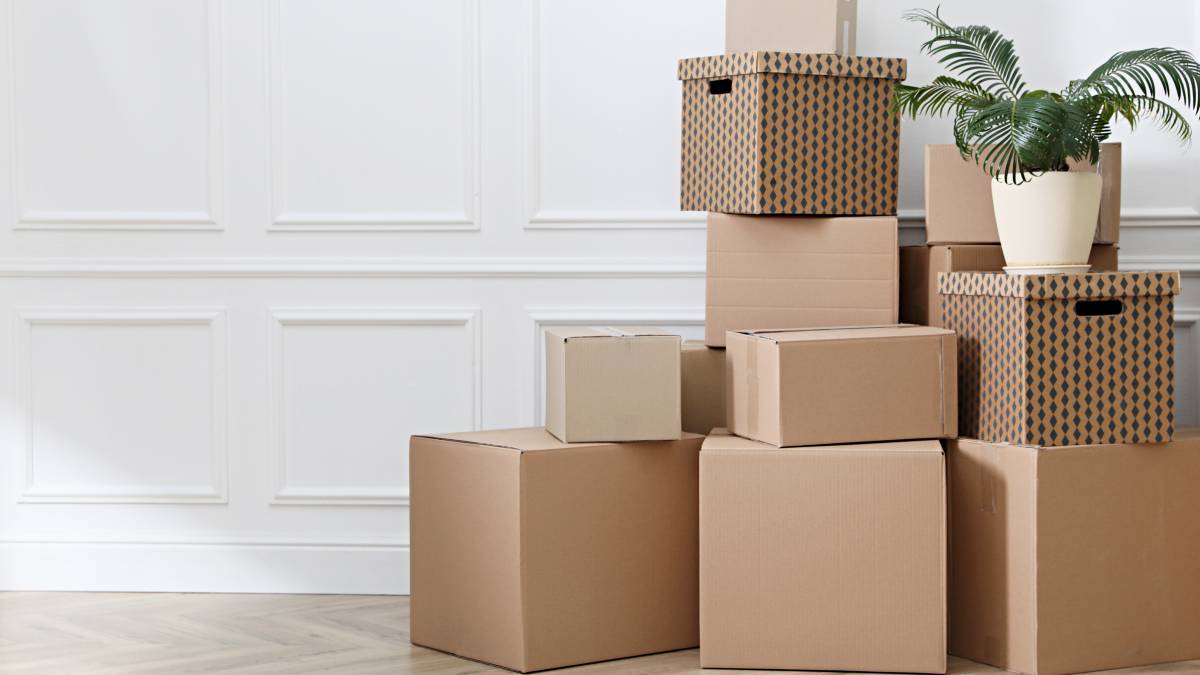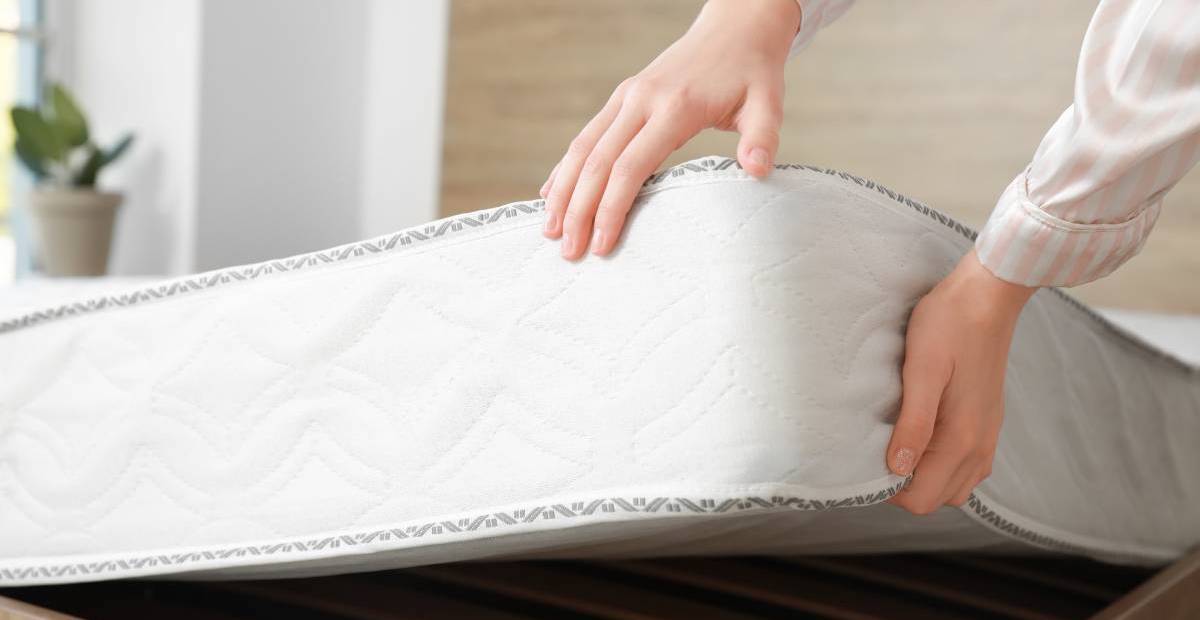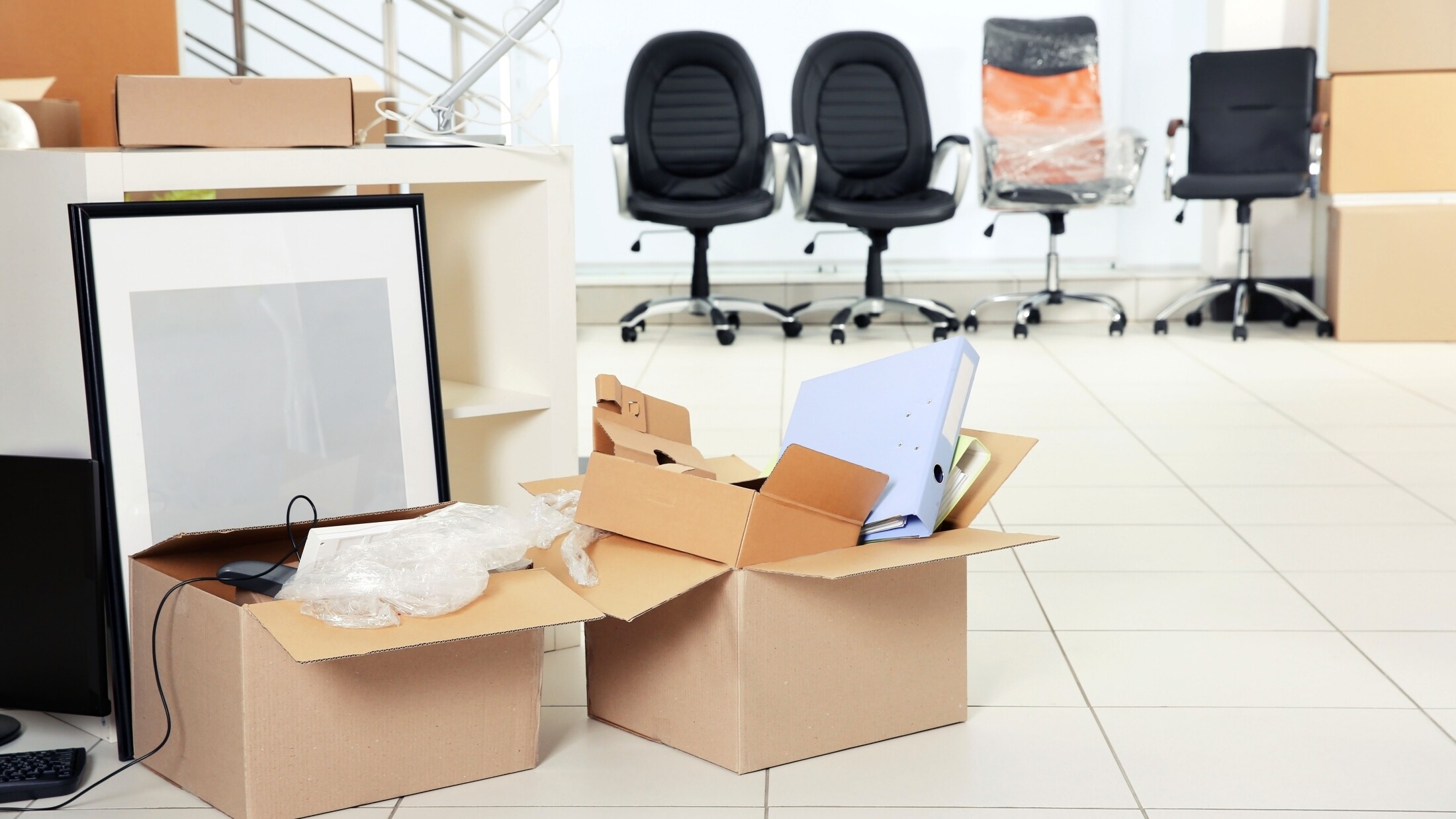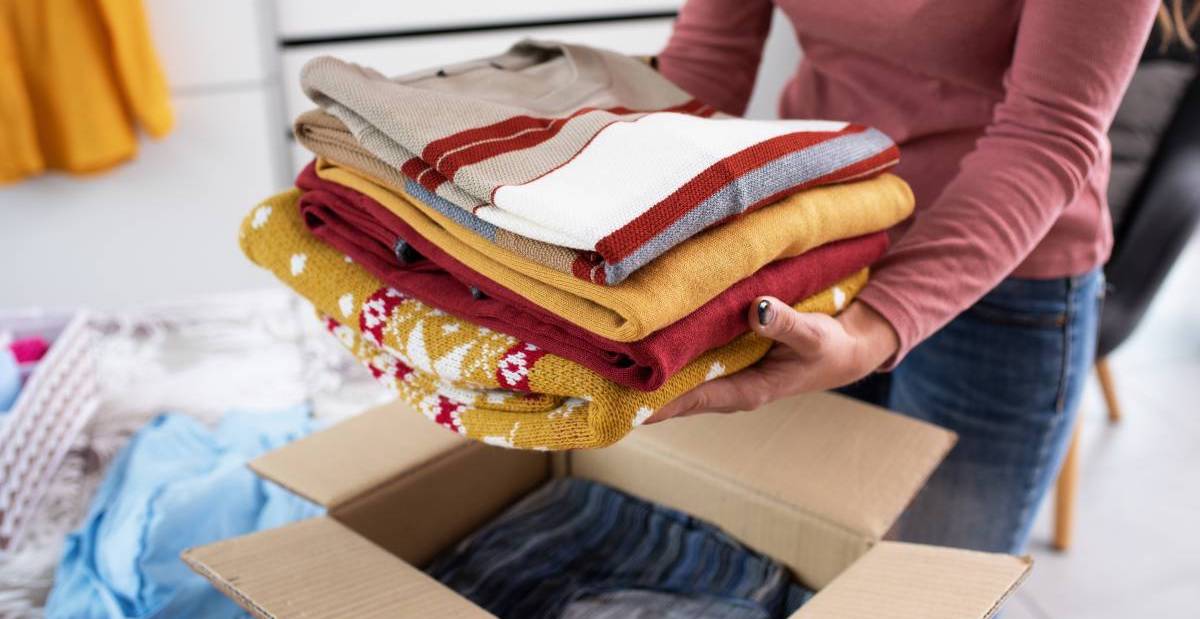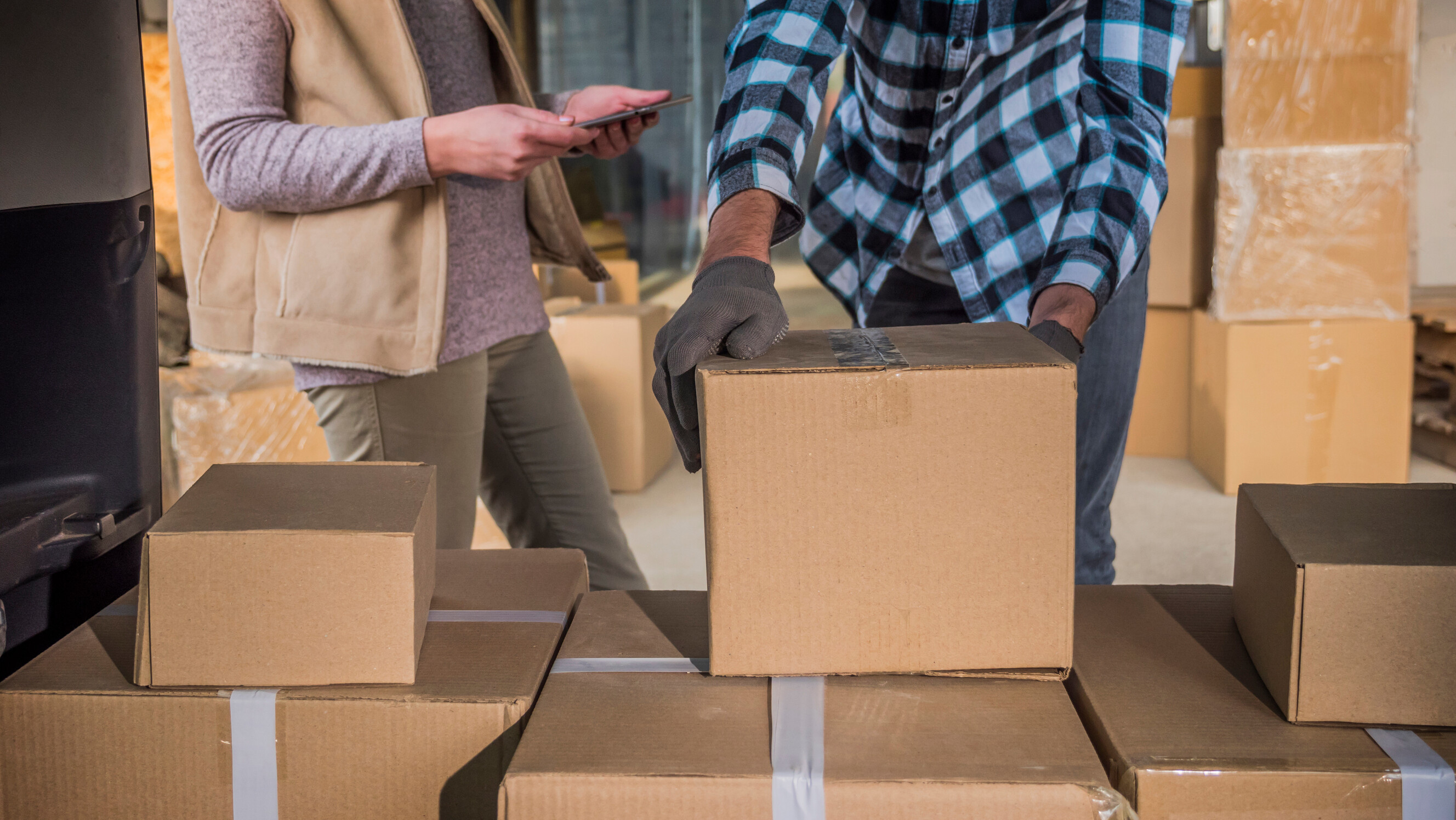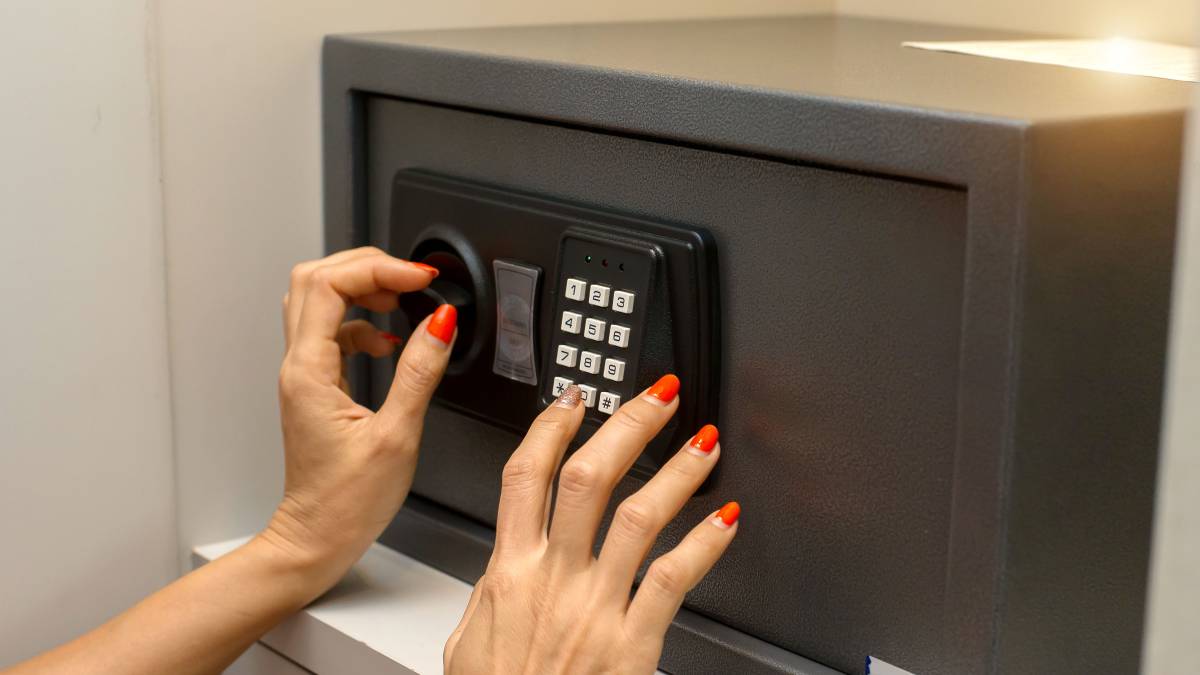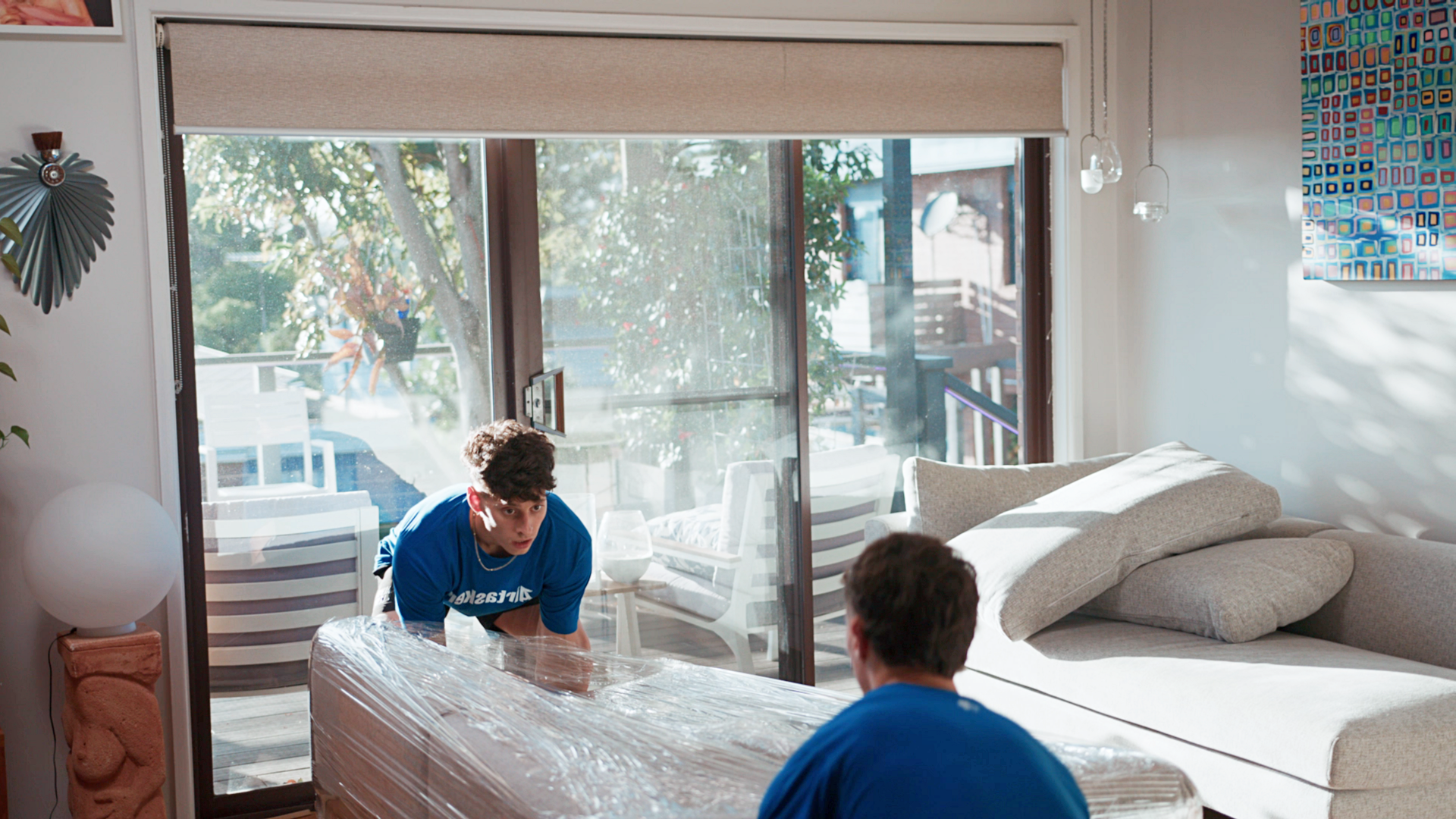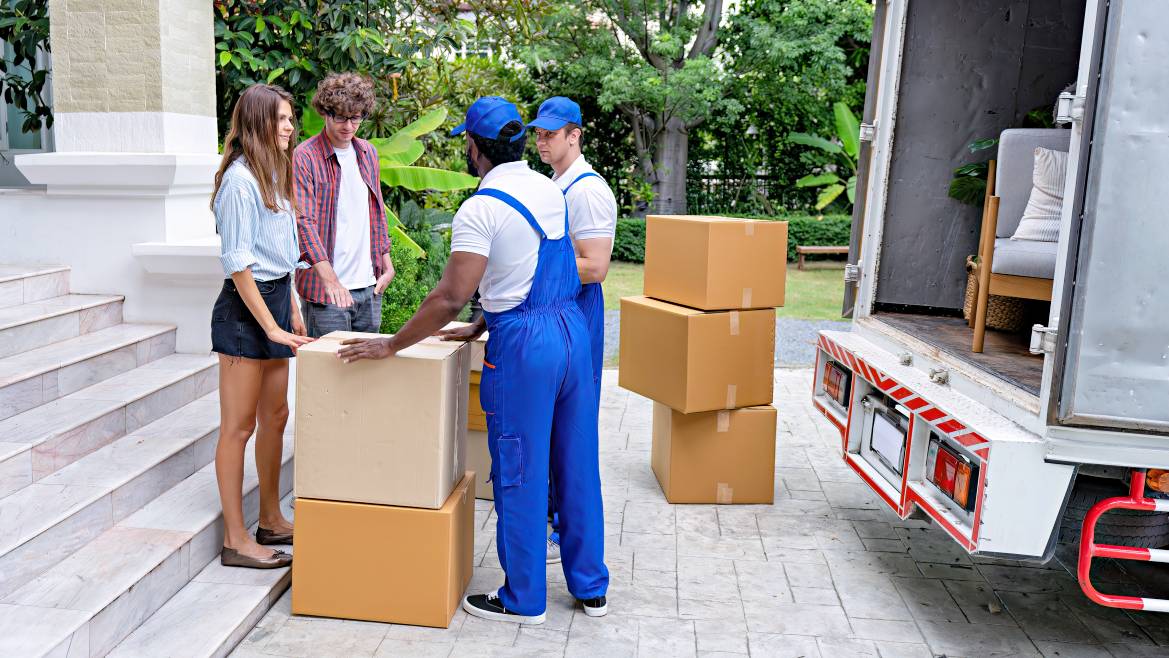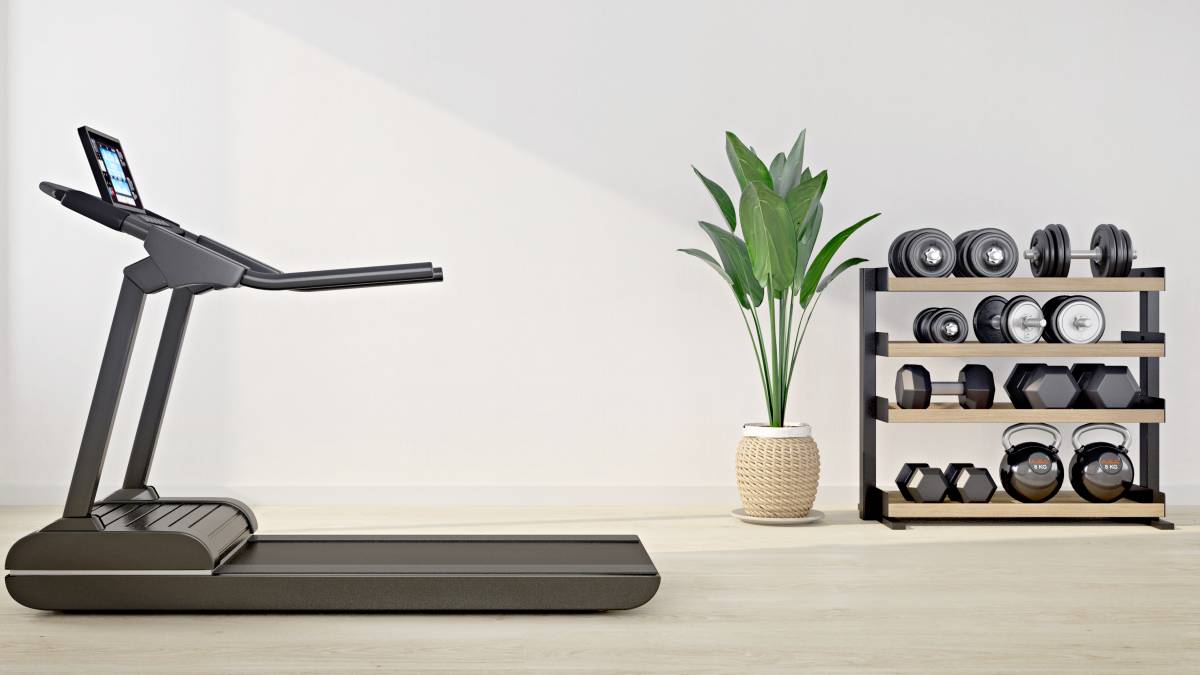
- Home/
- Guides/
- Sofa Removals/
- How to Wrap a Couch
Moving tips: How to wrap a sofa for moving
Moving with a bulky furniture can be gruelling task. Make it sofa, so good using this guide!
Last Updated on

Written by Cielo B.
Staff Writer

Reviewed by Kayode E.
Furniture Packing and Moving Expert
Read more about our contributors
Key Takeaways
- Measure before you move. Check the sofa’s dimensions and all entry points to ensure it will fit through doors and hallways.
- Disassemble what you can. Remove legs, cushions, and other detachable parts to avoid damage and make transport easier.
- Wrap with care. Use layers of bubble wrap, cardboard, and blankets, then secure with shrink wrap or sofa bags to protect the entire sofa.
Moving flats or houses? Doing so isn’t as simple as changing your address. Moving large, bulky furniture like a sofa can be a laborious task, especially if you’re unsure where to start.
Protecting your couch is crucial to prevent tears, scuffs, and dirt during transport. If you want to DIY this but would like to know how to wrap a sofa for moving using professional techniques, then keep scrolling. This guide provides step-by-step instructions to help you keep your belongings safe.
What you’ll need to wrap a sofa
Gather the following materials for this sofa wrapping task:
600mm x 10m Corrugated cardboard paper roll
600mm x 10m Bubble wrap roll
Phillips or flat driver
Allen key (Optional)
Scissor
Non-slip gloves
Measuring tape
Shrink wrap or sofa bags (2m x 3m)
Furniture moving straps
Furniture blankets or moving blankets
Packing tape
Furniture dolly
Marker
How to prepare your sofa for wrapping
To make the task easier, make sure to check and prepare all you’ll need before you begin the wrapping process. Here are some helpful tips:
Measure all the entrances first to ensure your current sofa will fit through and into your new property during moving or its final spot in the room.
Gather the couch plastic wrap, furniture pads, marker, packing tape, and other essentials mentioned above, as well as moving straps, to make wrapping much easier and faster.
Have moving boxes ready for storing detachable parts, like arms and legs, and throw pillows. You can also use corrugated cardboard if you don’t have moving boxes on hand.
Use a marker to label the boxes clearly, and small plastic bags with small hardware. You can tape the plastic bag to the main sofa frame or place it inside the sofa as you bag it or use a moving box so they don’t get separated.
Allow a couple of hours for this task. Completion time may vary based on your sofa’s size and how difficult it is to disassemble and wrap. Do this task when you’re not pressed for time.
Step-by-step: How to wrap a sofa for moving
Follow these five easy steps to learn how to wrap and cover a sofa for moving.
Step 1: Measure the sofa and entrances
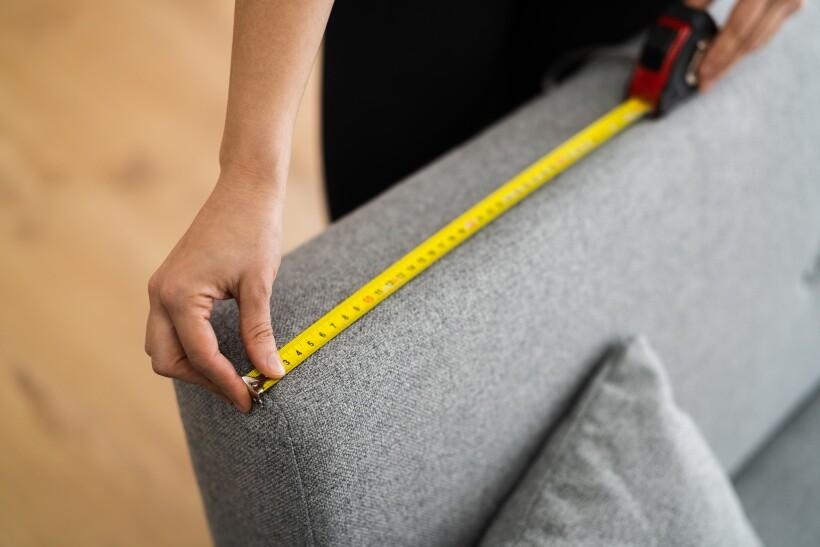 Accurate furniture measurements help streamline the moving process. (Source: iStock)
Accurate furniture measurements help streamline the moving process. (Source: iStock)
Before wrapping your sofa, you need to measure its dimensions. Using a measuring tape, get the dimensions of your sofa and the areas it will have to pass through to get to its destination. Measure the narrowest width of the sofa from the top of the side arm to the base. Do not include the detachable feet.
For example, you must note the measurements of your door frames, hallways, driveways, etc., where your sofa will be carried. Also, consider the available space of the vehicle you will use for transport. Is it a van or a truck? This is to ensure it can fit in the moving vehicle.
Step 2: Disassemble the sofa
 Assembling a sofa frame as part of furniture preparation for moving. (Source: iStock)
Assembling a sofa frame as part of furniture preparation for moving. (Source: iStock)
Prep your sofa before the move by disassembling it. Doing this will avoid damage to its protruding parts and allow access to tighter spaces, especially when it passes through door frames or hallways.
Start by removing cushions, covers, armrests, arms, and the rest of the detachable parts of the sofa, if any. Next, wrap smaller parts together by group using a shrink wrap, place them in a box and label the box clearly. You can also put other parts, such as nails, screws and bolts, in a plastic bag or zip lock and put them in the same box.
If you have a sectional or modular sofa, detach each section from the others. For sofa beds, you don’t need to remove the mattress, as they’re usually already fixed in place. However, if yours comes with a detachable mattress, remove it from the sofa and store it in a mattress bag.
Cushions and covers can also be placed in a separate box or moving bag to protect them. If they don’t fit, you can use bubble wrap, corrugated cardboard and shrink wrap to cover them.
If you wish to make the sofa lighter while carrying it upstairs or in general, pack the cushions and detachable parts separately from the sofa frame, wrapping the sofa.
Step 3: Wrap the sofa
 Protecting a couch with plastic covering before transportation. (Source: iStock)
Protecting a couch with plastic covering before transportation. (Source: iStock)
First, cover your sofa with furniture blankets. These are the best sofa covers for moving house as they offer significant padding. Then, use bubble wrap to wrap around your sofa, taping the top securely in place. Lastly, add a layer of corrugated cardboard on top for extra cushioning. The blankets, bubble wrap, and cardboard are thick and well-padded enough to help protect your prized furniture from getting torn, scuffed up, or scratched.
Ensure that every part of the furniture is properly covered and well-protected, especially the corners. Then, securely wrap the sofa in plastic or a wrapping material, such as a sofa bag. This results in a sofa wrapped in plastic, providing a strong barrier against moisture and dirt.
How about if you have a white or light-coloured couch? Make sure your furniture blankets are clean. If not, you can use a plastic stretch wrap or bubble wrap as the first layer and then proceed with blankets as the second layer before adding your cardboard as the third layer. Protect it and keep everything in place by covering it with shrink wrap or sofa bag as the fourth layer. A properly shrink-wrapped sofa is much easier to transport safely.
For the armrests, use extra padding for these parts and on the corners. Do this by using bubble wrap, corrugated cardboard pieces or furniture blankets. If you ever feel overwhelmed, hiring a professional to assist with the packing.
Lastly, if you have someone else to help you, turn the sofa upside down or turn it vertically on its back to gain access to its feet and unscrew the legs using a screw driver or Allen key if they are detachable.
Step 4: Move the sofa
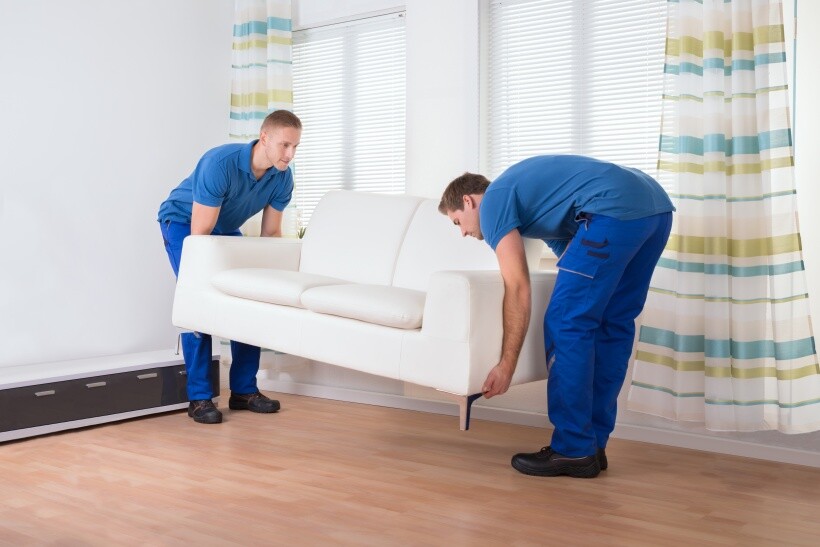 Safely moving a sofa inside a new home. (Source: iStock)
Safely moving a sofa inside a new home. (Source: iStock)
Now that you know how to wrap a sofa, it’s time to move it! Seek help from others to position the sofa vertically. Moving it to this position allows for easier manoeuvering, especially when it passes through narrow hallways and tight corners, making the task of moving heavy sofa furniture much simpler.
In any case, the easiest way to do this step is to use a furniture dolly. They sit low on the ground and have four durable castors. Have a helper tilt the sofa to one side, ensuring the smallest width is facing the door then slide the dolly underneath the sofa. Secure it to the dolly using furniture or moving straps.
Slowly but surely, push the dolly carrying the sofa to the vehicle. While doing so, watch for low-hanging lights, tight corners, and narrow doorways.
Do you need to move the couch upstairs or downstairs? Make sure to wear a non-slip glove to hold the sofa securely while moving. You will need assistance with heavy lifting, as the dolly is not suitable for stairs. Consider the weight of the couch to estimate how many people you will need as assistants. Make sure to keep your back straight & lift with your knees when carrying heavy sofas to avoid injury.
Alternatively, you may need to move the sofa through your window or balcony if your staircase is too narrow. This can be very dangerous to do alone, so it’s best to call a friend or hire professional movers to help with the move.
Step 5: Load and unload the sofa
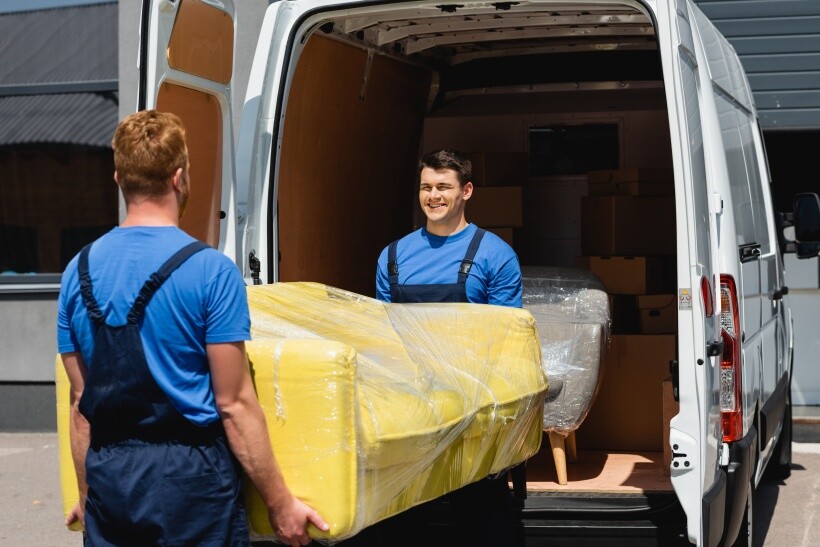 Movers carefully load a wrapped sofa into a moving van. (Source: iStock)
Movers carefully load a wrapped sofa into a moving van. (Source: iStock)
Trucks allow for the easiest loading of bigger items like a sofa. Most trucks usually come with ramps or hydraulic lifts, allowing you to wheel the sofa onto the lift straight into the truck.
However, if you don’t have a truck, you can hire van services as an alternative. Just make sure to use the furniture straps again to tie it down so that it won’t move around during transport.
Once you’re in your new place, unload the sofa and carry it to its new position. You can measure the pathway where you’ll assemble it to ensure carrying it inside will be a breeze. Then, unwrap and reassemble the sofa for your use!
Make sure to measure the pathway to your new property and final location beforehand, rather than on moving day. This helps determine which entrance, window, or balcony is the best option for taking it inside the house.
Final steps: Hire a pro for a safe and efficient sofa move
Remember the important steps outlined above–measure, disassemble, wrap, move, and load–when moving your sofa. However, when moving heavy furniture such as a sofa, you will need materials and equipment that will make the moving safe and secure and will prevent untoward accidents.
Your safest option is to hire a professional such as a sofa removal expert or professional movers to help move your apartment furniture or house furniture when relocating. Book a professional through Airtasker now!
Learn more about our contributors

Written by Cielo B.
Staff Writer
Cielo is an experienced content writer who has explored various industries throughout her career. Her expertise, founded on a degree in journalism, includes writing about automotive and home maintenance. Cielo also covers topics like dressmaking, tailoring, and photography since she is a passionate cosplayer who enjoys dressing up as her beloved anime characters.

Reviewed by Kayode E.
Furniture Packing and Moving Expert
Kayode is a business analyst with a background in furniture sales and distribution. Over the past three years, he has assisted thousands of customers in selecting the perfect furniture pieces, decorative soft furnishings, and flooring, while ensuring they are expertly wrapped, packed, and delivered with care. His expertise allows him to provide practical advice and efficient support, from product recommendations to hassle-free delivery.
The Reviewer Badge is awarded to individuals who are experts in their respective fields and evaluate the content to ensure its accuracy and relevance to the task at hand.
FAQs on wrapping a sofa for moving
Sofas can be extremely heavy. Moving certain sofas can even require multiple people. If you’re not used to lifting heavy things, it is highly recommended to ask someone for help, especially when carrying or moving the sofa to the moving truck.
This keeps both you and the furniture safe from accidents. But if you want to do it yourself, always use a furniture dolly and moving straps to help you or call someone to help when lifting heavy furniture.
First, ensure that sofas can fit up your stairs by measuring them. You will need assistance to ensure this task is done safely. Trying to do it on your own can be dangerous, especially if you’re unsure how to do it right.
Here are some quick tips to help minimise risks and reduce accidents while moving the sofa:
Know your limits, especially if you’re not used to heavy lifting.
Protect your back whenever you reach down to lift something. Always squat at your knees and never bend over at your waist.
Lift with your legs and abs, not with your back. Put the furniture down and ask for help if you feel any strain.
Use a non-slip glove when lifting heavy sofas, as the bags may become slippery when carrying the sofas.
Wear steel-toe cap shoes when carrying a heavy sofa, in case they slip & fall on your legs.
Find sofa removals experts, fast
Find a sofa removals expert
Related articles

How to move a vending machine
Read more

Tips for moving house with kids
Read more
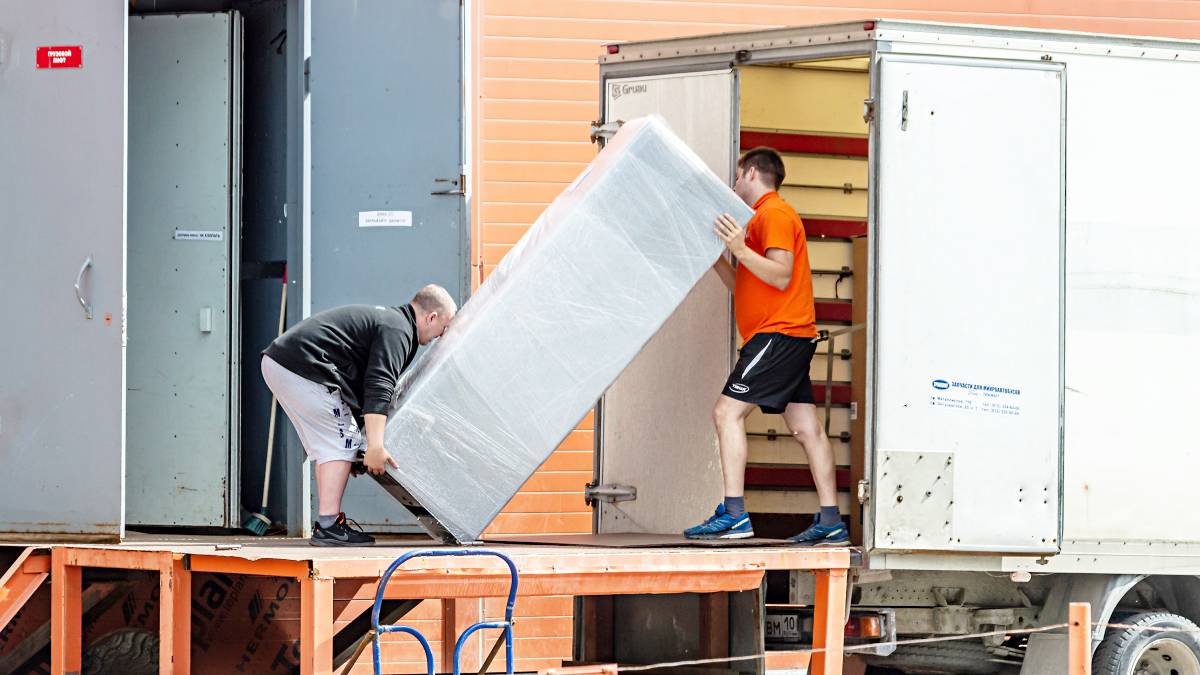
Moving a fridge: How to do it right
Read more

How to pack artwork for moving
Read more

A guide to becoming a removalist
Read more

How to pack mirrors for moving
Read more

How to move a pool table
Read more

How to pack books for moving
Read more

How to pack kitchen items for moving
Read more

How to move a shed
Read more
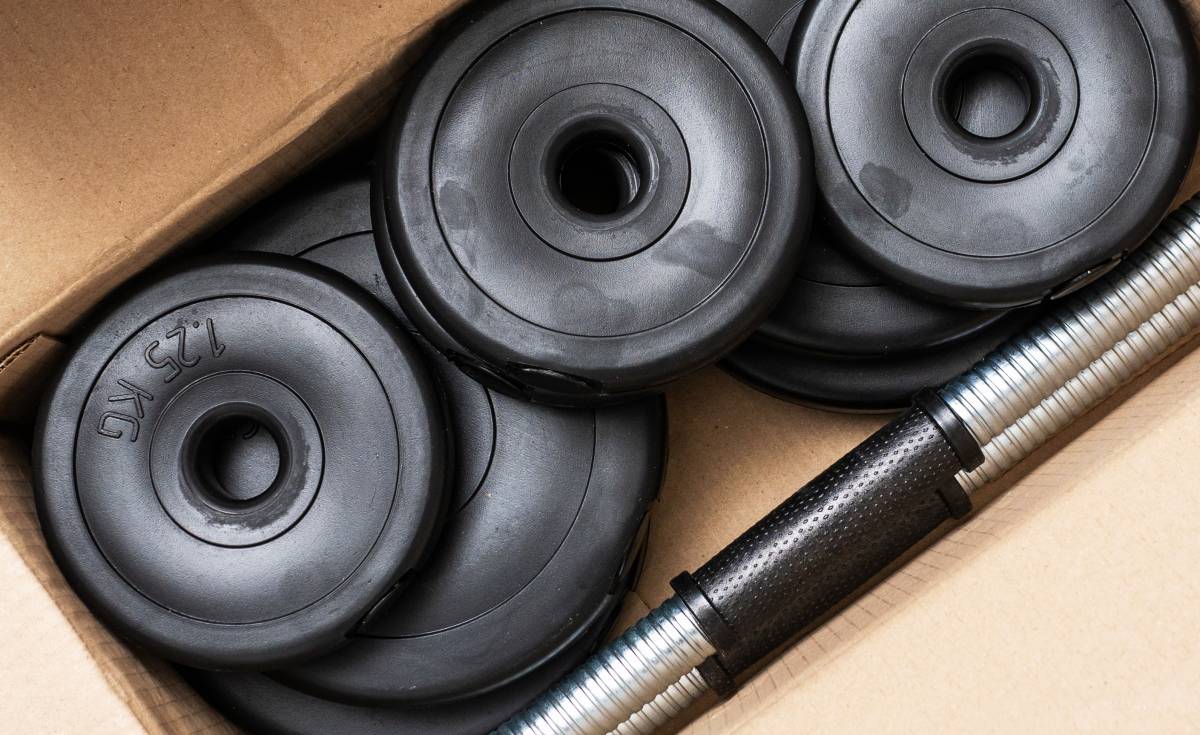
How to move gym equipment safely
Read more

How to move a pinball machine
Read more

How to move a washing machine
Read more

What moving companies won’t move
Read more
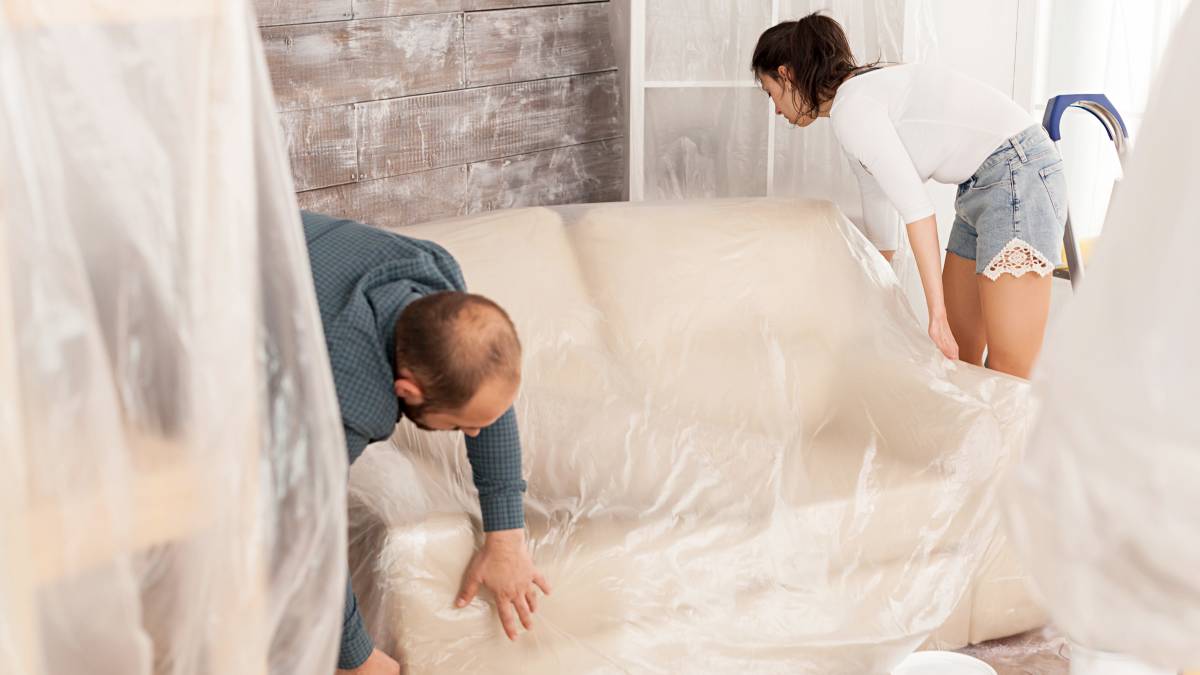
How to wrap furniture for moving
Read more
Related price guides

How much does it cost to move house?
Read more

How much does it cost to move house?
Read more

How much does piano moving cost?
Read more
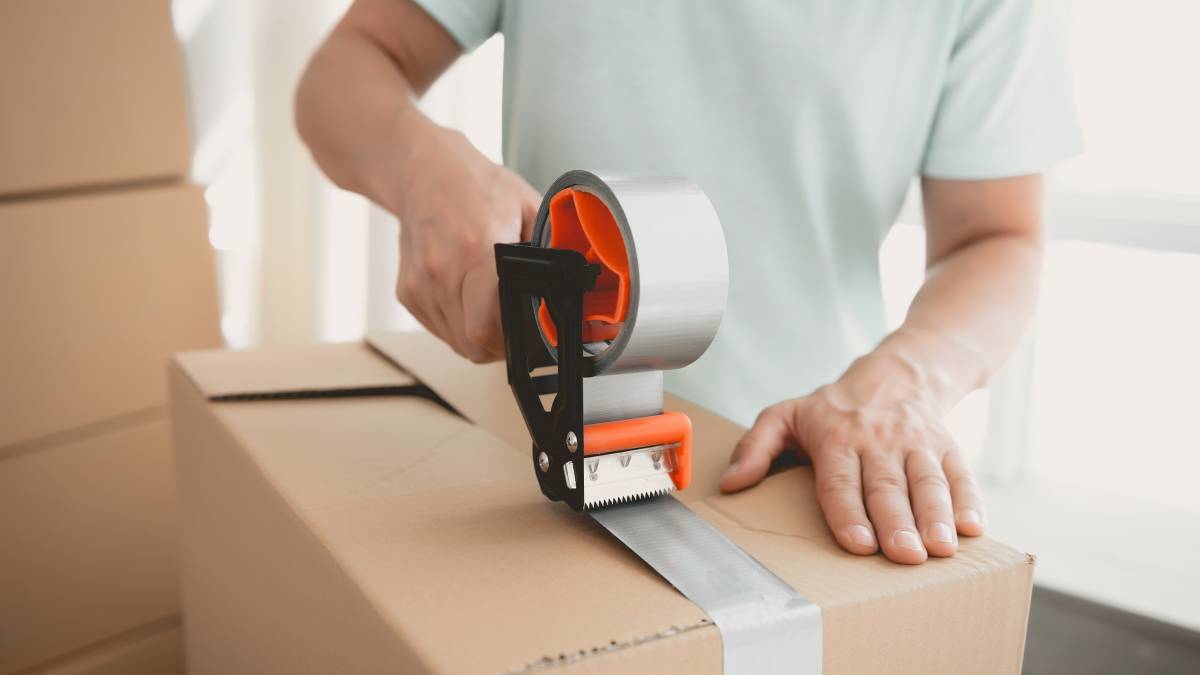
How much do packers cost?
Read more




